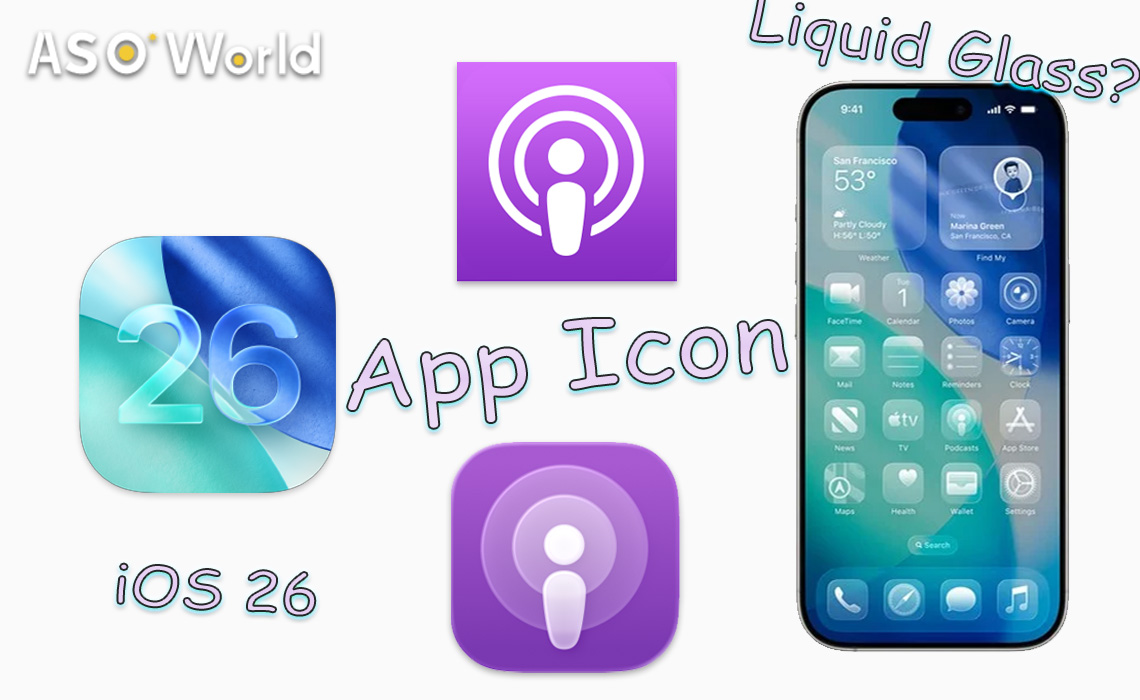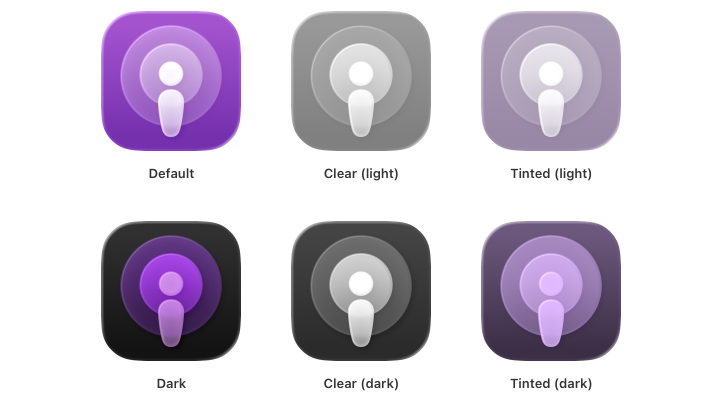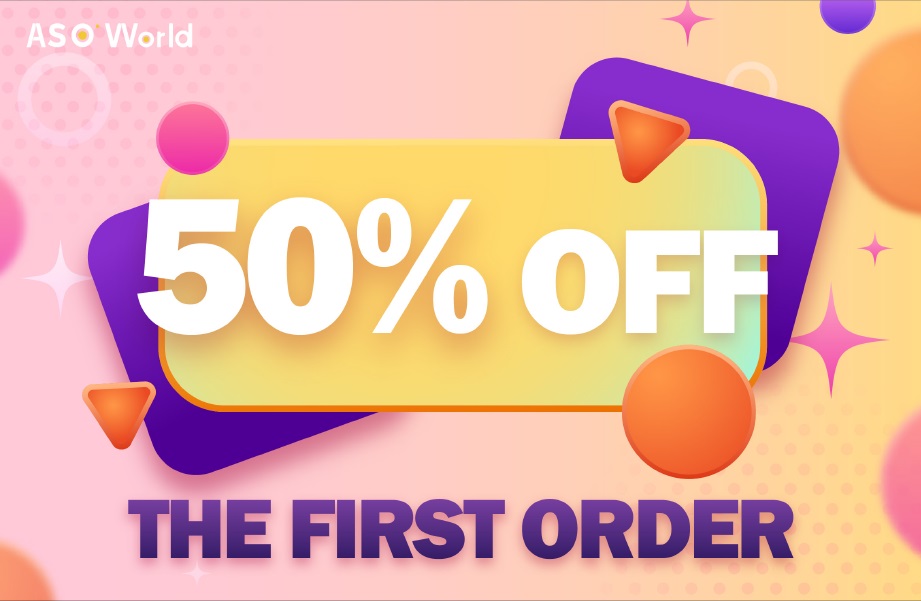Apple’s New Games App: Essential Features and Takeaways for Developers






Discover how the iOS 26 Liquid Glass update affects icon optimisation, and explore strategies to improve app visibility and user engagement through refreshed icon design.

At WWDC 2025, Apple unveiled iOS 26, introducing the innovative Liquid Glass design language that redefines app interfaces, with a particular focus on app icons. This update brings a fresh visual paradigm, blending translucency and reflective effects, and presents both opportunities and challenges for iOS developers seeking to optimise their app icons for this cutting-edge aesthetic.
👉 What’s New in iOS 26 Beta 1: Liquid Glass, Live Translation, and More
The rise of Liquid Glass offers developers an opportunity to refine the aesthetic quality of their app icons. The new transparency features allow for more subtle design choices—such as incorporating gradients or delicate details—that were not possible in previous iOS versions. This enhanced visual appeal can improve the overall user experience, making apps feel more aligned with Apple’s sleek and modern design ethos.
However, these aesthetic enhancements bring new challenges. Developers must ensure that their icons remain clear and legible despite the added transparency. A visually striking icon can quickly become cluttered or hard to recognise if not carefully designed. Striking the right balance between visual appeal and icon functionality will be crucial for app success on iOS 26.
The shift to Liquid Glass represents a significant departure from traditional icon design. Below is a comparison:
|
Aspect |
Traditional Icons |
Liquid Glass Icons |
|
Appearance |
Flat, 2D, static |
Translucent, 3D, dynamic with highlights |
|
Modes |
Light, bug fixes |
Light, dark, tinted, clear |
|
Design Tool |
Standard image editors |
Icon Composer |
|
Performance Impact |
Minimal |
Potential lag with complex designs |
|
Accessibility |
Basic contrast checks |
Enhanced contrast for clear mode |
To support this transition, Apple provides Icon Composer, a dedicated tool designed for crafting Liquid Glass icons. Developers can fine-tune attributes such as translucency, blur, shadows, and specular highlights, ensuring icons align with the new design ethos.
Seamlessly integrated with Xcode, Icon Composer also allows real-time previews under dynamic lighting conditions across devices and provides export options for marketing assets, streamlining the design workflow.
Optimising app icons for Liquid Glass requires a considered approach. Key recommendations for iOS developers include:
Ensure icons remain visually impactful and consistent across light, dark, tinted, and clear modes.
(Credit: Apple Developer)
Employ multiple layers to create depth and dimension, enhancing the 3D glass effect.
Keep the primary symbol distinct and recognisable, even with added translucency and reflections.
Simplify designs where feasible to minimise lag from real-time rendering.
Ensure sufficient contrast, particularly in clear mode, to comply with accessibility standards.
Follow Apple’s design principles for a cohesive appearance within the iOS ecosystem.
👉 App Icon optimisation: A practical guide to boost app conversion rate

The Liquid Glass update exemplifies Apple’s commitment to visual sophistication, distinguishing iOS in a competitive market. This development hints at a future where app icons may become more interactive and immersive, potentially incorporating animations or contextual adaptations.
Developers who adopt this design language early will gain a competitive advantage, delivering polished, forward-looking user experiences that align with Apple’s evolving vision.

Get FREE Optimization Consultation
Let's Grow Your App & Get Massive Traffic!
All content, layout and frame code of all ASOWorld blog sections belong to the original content and technical team, all reproduction and references need to indicate the source and link in the obvious position, otherwise legal responsibility will be pursued.